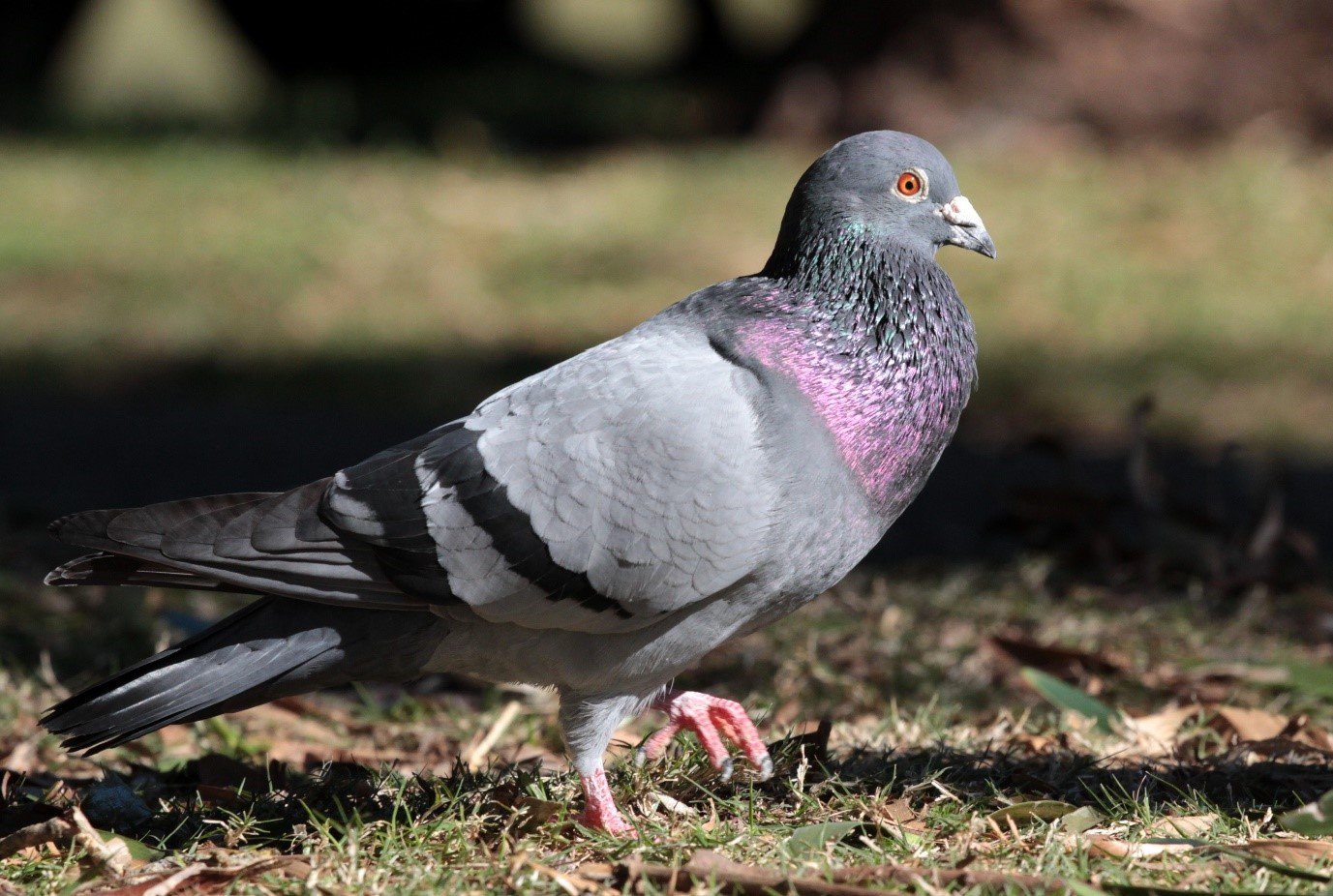'A rose is a rose is a rose'... but is a city-bird a city-bird?
A new tool for monitoring the “urbanness” of bird communities reveals that some birds are more equal than others

Red-browed Firetails are species that could be targeted for restoration by developing urban greenspaces with ample granivore-feeding habitat and resources. Our approach will allow for this to be more easily quantified and monitored.
Image: Corey Callaghan© Corey Callaghan
Restoring urban biodiversity has many benefits (for example, see here, here, or here), but what should we actually be ‘restoring’? If we restore ‘habitats’, but only common pigeons (for example) take up residence, is the project truly a success? Many people have relied on species richness as the mainstay for measuring the success of a restoration project, and indeed, this is a critical component of restoration performance. But we anecdotally know that some animals are ‘better’ than others in urban greenspaces – think fairy-wrens v. miners. In a global sense, we want to avoid biotic homogenization: i.e. having the same 10 species in urban greenspaces throughout the world. We have proposed a solution to this problem, which uses broad-scale empirical data. Here, we introduce the Urban Greenspace Integrity Index.
The Urban Greenspace Integrity Index (UGII) is a simple, robust, and tractable method to judge whether urban restoration efforts are transitioning towards an improved ecosystem, without the need for a priori reference states. Our method quantifies “improved diversity”, incorporating whether “desired species” re-enter the community. In short, it measures the ‘urbanness’ of a given community. UGII has two fundamental steps: (1) it assigns continental-scale urban scores that are species-specific (see here for more detail); and (2) it collapses these species-specific urban scores to community-level metrics.

Rock Pigeon has the highest urban-score in Australia – not exactly the most desirable species in urban greenspaces.
Image: Corey Callaghan© Corey Callaghan
It works by first calculating a local-level urban index, based on the species’ urban-scores in a local community – with many samples. The average of the local-level sampling units is then defined as the local-level urban index. As in community ecology, we also define a ‘scaler’ which measures the potential ‘urbanness’ of the species’ pool, and this is the regional urban index. To get the Urban Greenspace Integrity Index, we divide the local-level urban index by the regional-level urban index. Voilá! A measure of a local community’s bird urbanness that is comparable across many regions.
We demonstrated the applicability of the tool using eBird – a broad-scale citizen science project with more than 600 million bird observations, globally. We first assigned species-specific urban-scores (explore these here) for all bird species, using night-time lights data. We then used ten example urban greenspaces to show that the urban index on an eBird checklist – a distinct sampling unit in the eBird database – was empirically related to the species richness on an eBird checklist. We also found that the urban index on an eBird checklist was empirically related to the distance from the city centre for Melbourne, Brisbane, and Sydney. These results are critical because they confirm that our measure makes intuitive sense in relation to two separate measures of urbanization.

The local-level urban index (on an eBird checklist) is negatively correlated with the distance from the city centre, demonstrating that it appropriately measures the ‘urbanness’ of a bird community.
Image: Corey Callaghan© Corey Callaghan
The Urban Greenspace Integrity index can be used to compare parks, or to measure changes through time to track restoration success. The Index has wide applicability in ecology and although we highlight its applicability with broad-scale citizen science data, other local-scale research datasets can also be used. With >50% of humans now living in cities and growing pressure for urban consolidation, it’s high time that we up our urban greenspace restoration efforts, and UGII will help to make these efforts more effective.
Corey T. Callaghan (PhD Candidate, Centre for Ecosystem Science, UNSW Sydney)
Dr. Richard E. Major (Principal Research Scientist, AMRI, Australian Museum)
More information:
- Callaghan, C. T., R. E. Major, M. B. Lyons, J. M. Martin, J. H. Wilshire, R. T. Kingsford, and W. K. Cornwell. Using citizen science to define and track restoration targets in urban areas. Journal of Applied Ecology. DOI: 10.1111/1365-2664.13421
- Callaghan, C. T., R. E. Major, J.H. Wilshire, J. M. Martin, R. T. Kingsford, and W. K. Cornwell. 2019. Generalists are the most urban-tolerant birds: an analysis of ecological and life history traits using a novel continuous measure of bird responses to urbanization. Oikos. DOI: 10.1111/oik.06158












